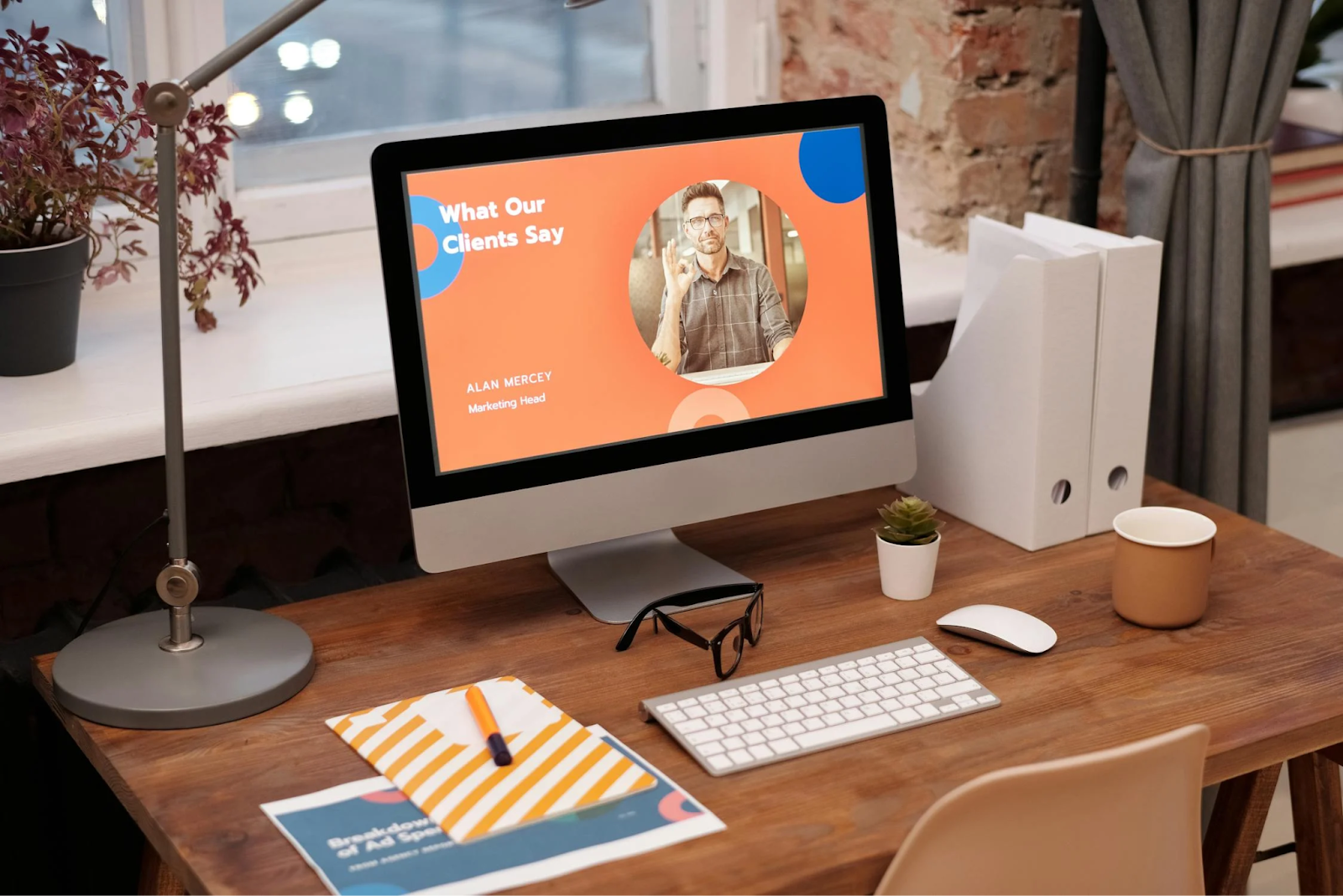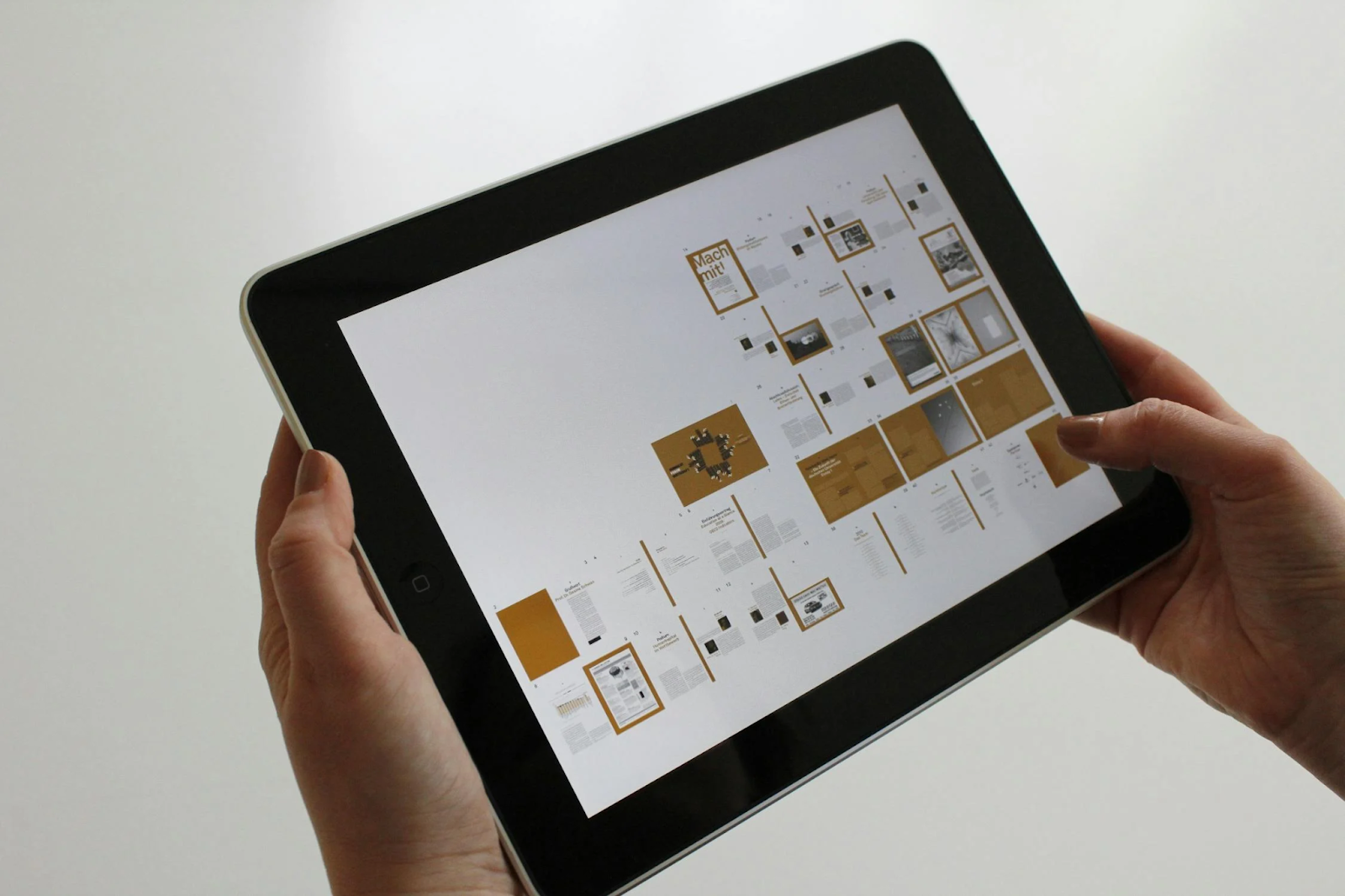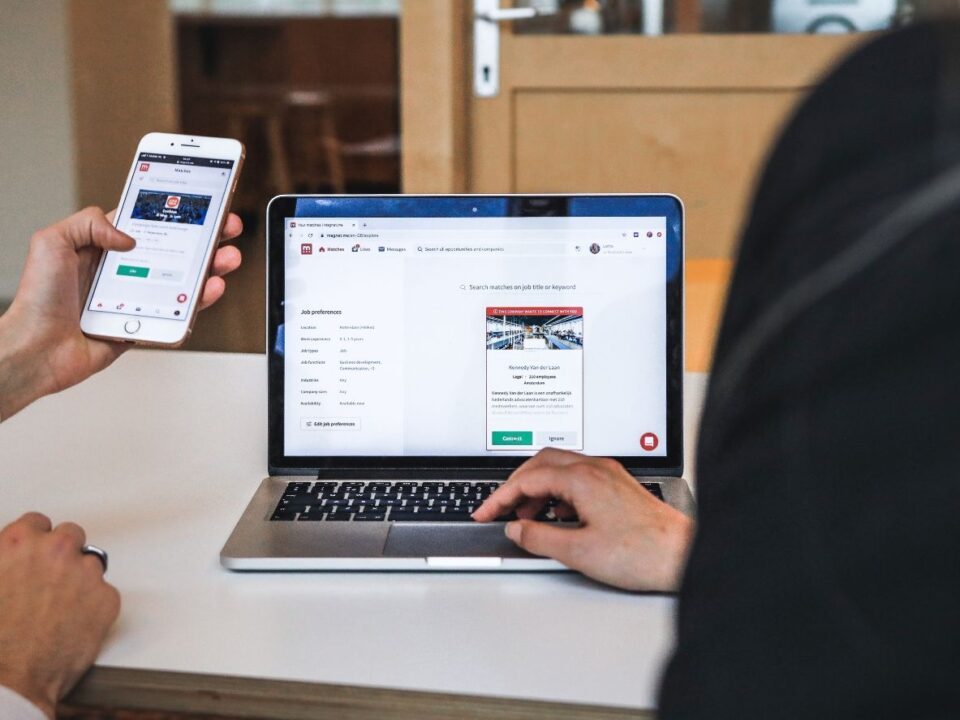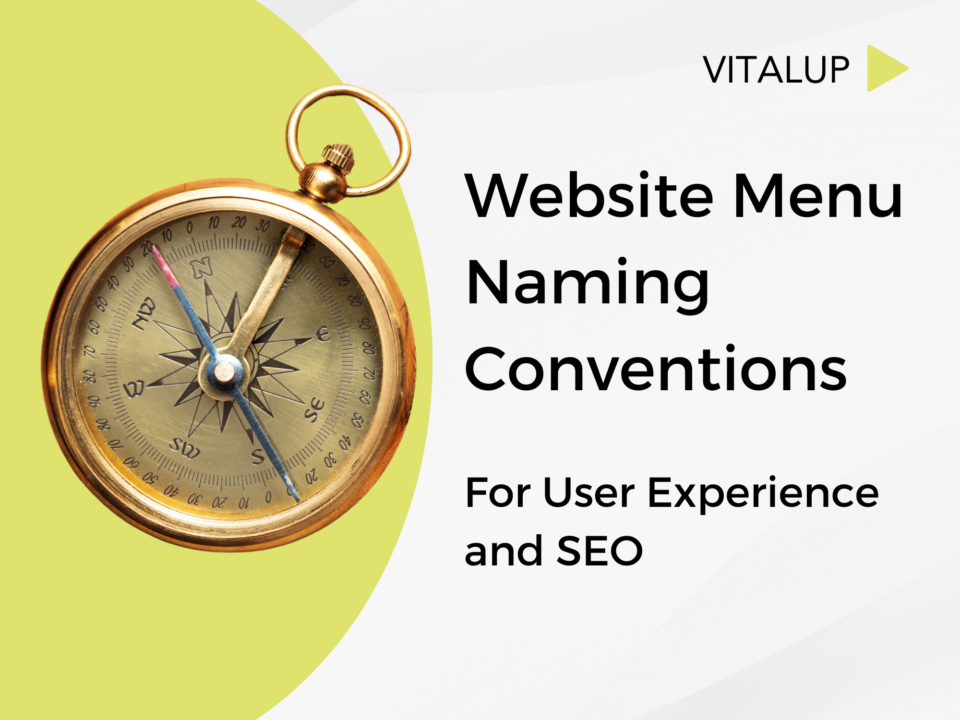
SEO for Veterinary Practices: How to Rank Higher and Attract More Pet Owners
February 17, 2025
Catchy Email Subject Lines for Your Vet Email Marketing Campaigns
February 19, 2025A website serves as the digital face of a company.
An engaging and user-friendly design is in high demand, and even the most ordinary website can become unforgettable by incorporating unique UI (user interface) and UX (user experience) elements. Below are key features that can elevate your website from ordinary to extraordinary.

1. Microinteractions
Microinteractions, those subtle, playful responses triggered by user actions, are the canvas on which you can unleash your creativity. These small details not only create an engaging experience but also bring your website to life, providing real-time feedback, guiding user behavior, and making the interface feel more intuitive. They help reduce friction during user interactions, improve task efficiency, and add an element of delight that encourages users to explore further.
Ideas to Try:
- Animated button clicks
- Hover effects on images and icons
- Custom loading animations
2. Interactive Navigation
Interactive navigation is not just a tool for guiding users through the site. It’s a way to keep them engaged and enhance their browsing experience. For instance, a cursor leaving a trail effect can make simple scrolling more interactive, while sticky navigation bars ensure users always have access to key sections, improving both usability and satisfaction.
Ideas to Try:
- Sticky navigation bars
- Creative menu animations
- Scroll-triggered transformations
3. Dynamic Visuals and Animations

Motion elements like background videos or animations are not just eye candy. They are the key to capturing user attention and making your website visually appealing. These dynamic visuals enhance user engagement by creating a sense of movement and interactivity, guiding users through the content while making the experience more immersive. They also help communicate complex ideas quickly and effectively, ensuring users stay longer and explore more of your site.
Ideas to Try:
- Parallax effects for added depth
- Animated SVGs for graphics
- Subtle motion effects on scroll
4. Dark Mode and Customizable Themes
Offering light and dark modes, along with customizable themes, is a powerful way to empower your users and enhance usability. This flexibility caters to individual preferences, improves accessibility for users with visual sensitivities, and allows users to engage with your website comfortably in various lighting environments. It fosters a sense of control, which can lead to higher user satisfaction and longer site visits.
Tips:
- Ensure proper contrast for text and visuals in both modes
- Implement smooth transitions between themes
5. Creative Use of Typography
Typography is not just for readability—it can also be a powerful design element. Unique fonts and dynamic headlines make your content visually engaging, establish brand identity, and guide user attention to key messages. Thoughtful typography enhances usability by improving readability, setting visual hierarchy, and creating an emotional connection with users through stylistic choices.
Ideas to Try:
- Animated or kinetic typography
- Combining bold and minimalist fonts
- Interactive text overlays
6. Gamification Elements
Gamification transforms routine interactions into enjoyable experiences. Elements like progress bars, achievement badges, and mini-games encourage users to stay longer by making tasks feel rewarding and interactive. These features enhance user engagement, increase retention rates, and motivate users to complete actions, ultimately creating a more immersive and enjoyable browsing experience.
Ideas to Try:
- Reward systems for task completion
- Shareable quiz results
- Progress trackers for onboarding flows
7. Personalization Features

Personalization enhances user engagement by offering tailored experiences like location-based content or customized greetings. Personalization improves user satisfaction by making the website feel more relevant and responsive to individual needs. It also increases conversion rates by delivering content that aligns with user preferences, fostering a sense of connection and loyalty to your brand.
Ideas to Try:
- Recommended products or content based on user behavior
- Custom greetings depending on the time of day
- Location-specific content adjustments
8. Immersive 3D Elements
3D graphics and interactive objects provide a cutting-edge feel and work particularly well on product pages and portfolios. They offer users a more immersive and interactive experience, allowing for better product visualization and engagement. By enabling users to explore products from different angles or interact with virtual environments, 3D elements improve comprehension, build excitement, and create a memorable browsing experience that sets your site apart.
Ideas to Try:
- 3D product viewers
- Interactive 3D maps or models
- Animated 3D backgrounds
9. Subtle Sound Effects
Sound effects can significantly enhance the user experience by adding depth and engagement to interactions when employed thoughtfully and in moderation. A gentle “click” sound when a button is pressed provides immediate auditory feedback that confirms the action and contributes to a more tactile and satisfying user interface. Similarly, incorporating subtle ambient background sounds—like rustling leaves in a nature app or soft city noises in a travel application—can create a richer, more immersive environment.
Ideas to Try:
- Audio feedback for interactive elements
- Background music for storytelling
- Sound effects on hover or scroll
10. Accessible and Inclusive Design
Accessibility is no longer just a nice-to-have feature but a fundamental requirement. It is crucial to design your website to be navigable and usable by all individuals. By implementing inclusive design practices, you can create an online experience that accommodates diverse needs, ensuring that everyone—regardless of physical or cognitive abilities—can access your information and services.
Ideas to Try:
- High-contrast text and resizable fonts
- Keyboard and screen reader compatibility
- Descriptive alt text for images
Conclusion
Innovative UI/UX elements can transform a website from functional to exceptional. Through interactivity, personalization, and accessibility, you can create a memorable user experience. Whether building a website from scratch or enhancing an existing one, these elements will help your site stand out and deliver a superior user journey.




